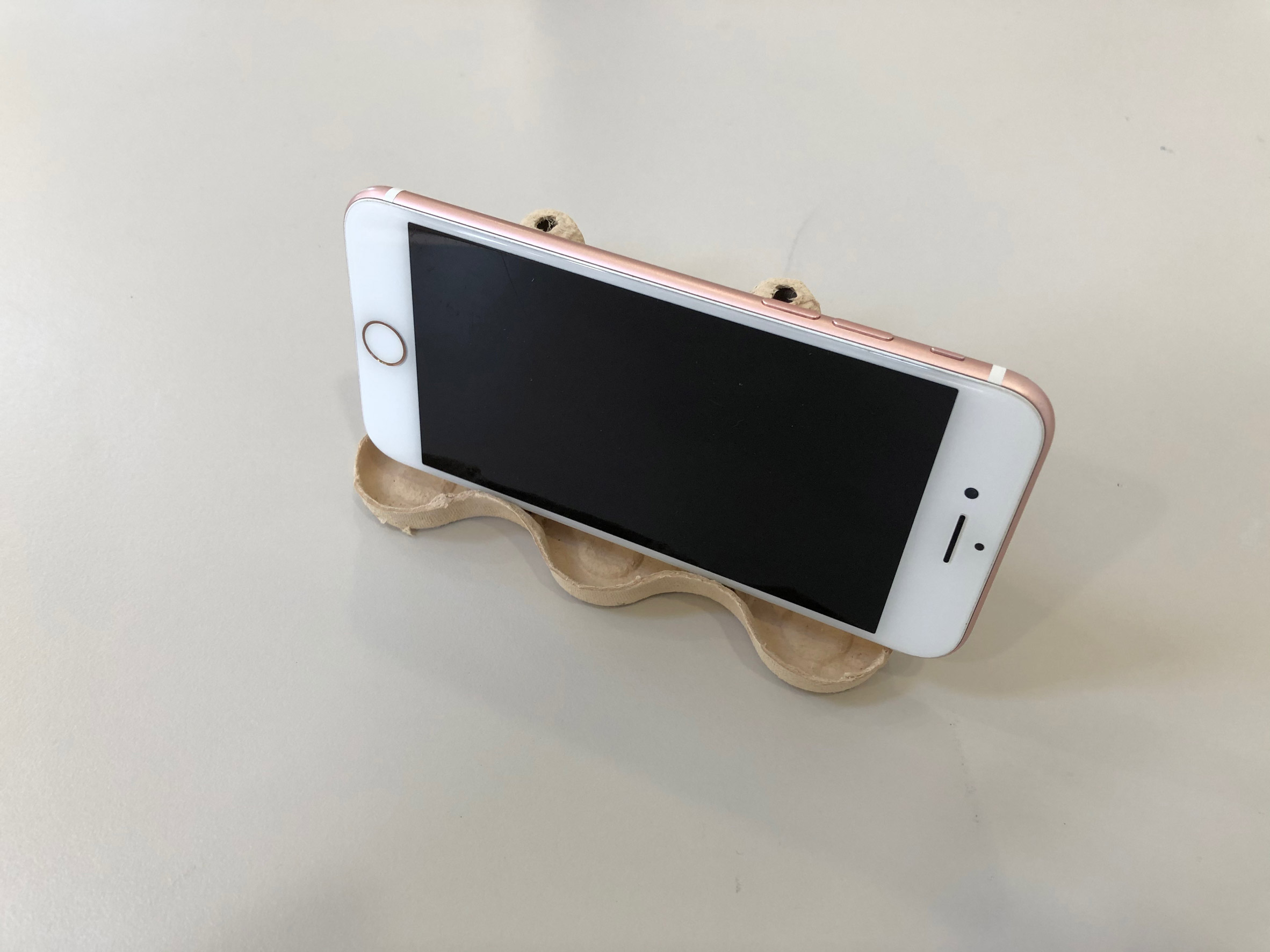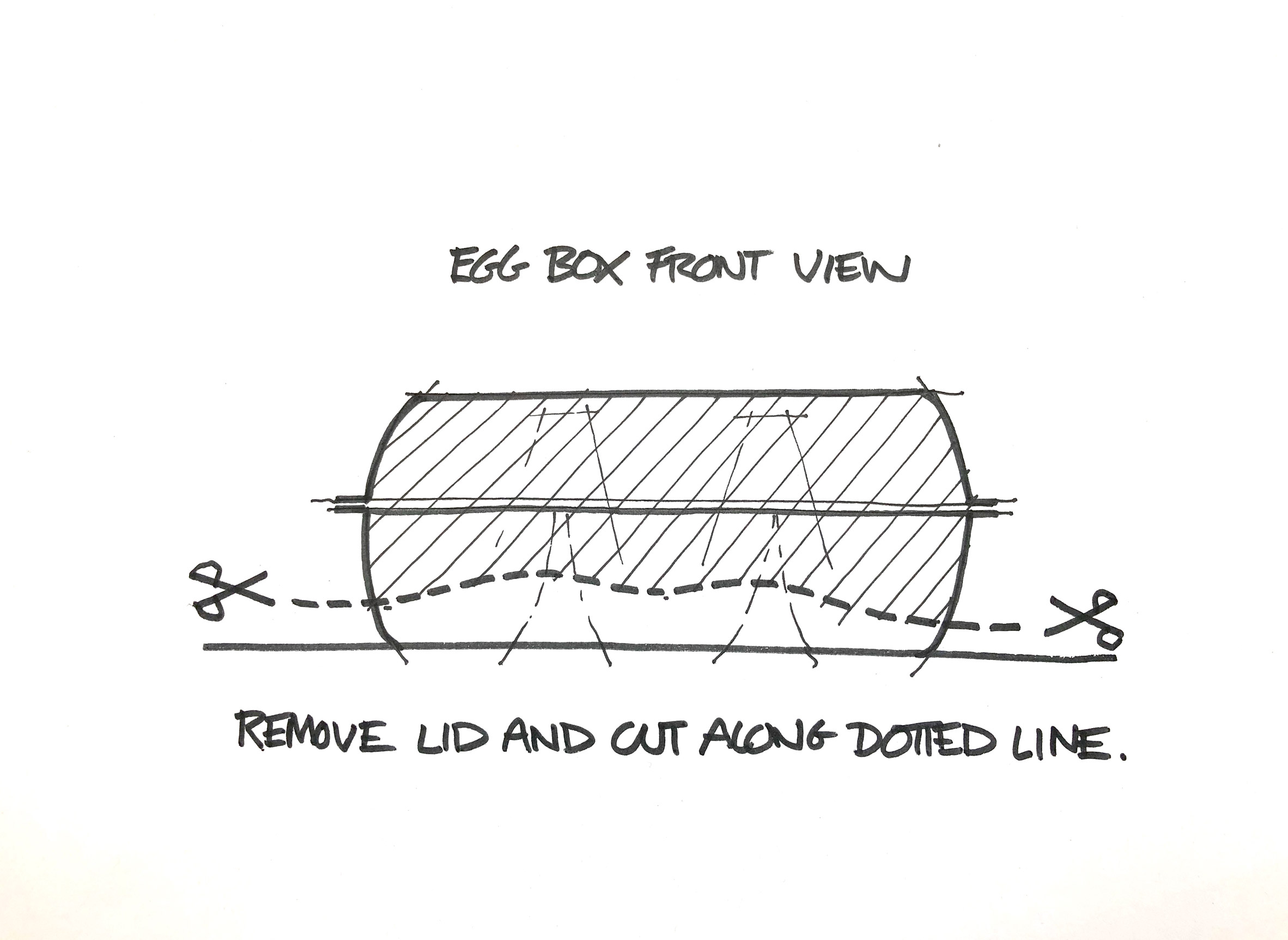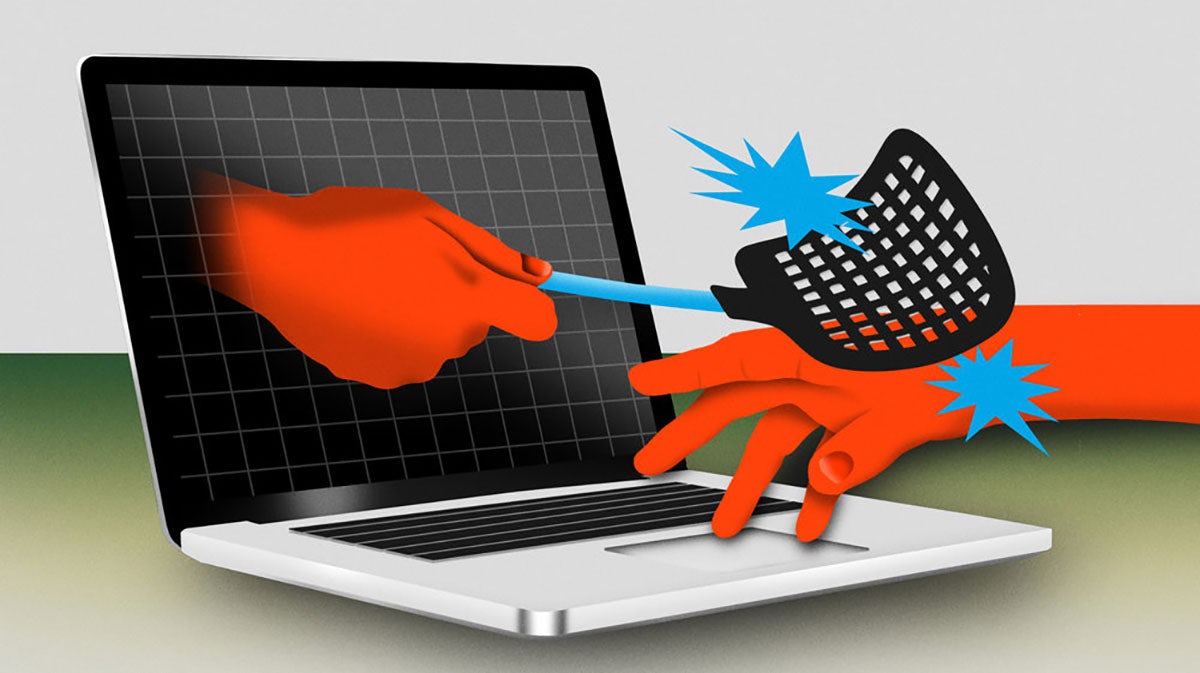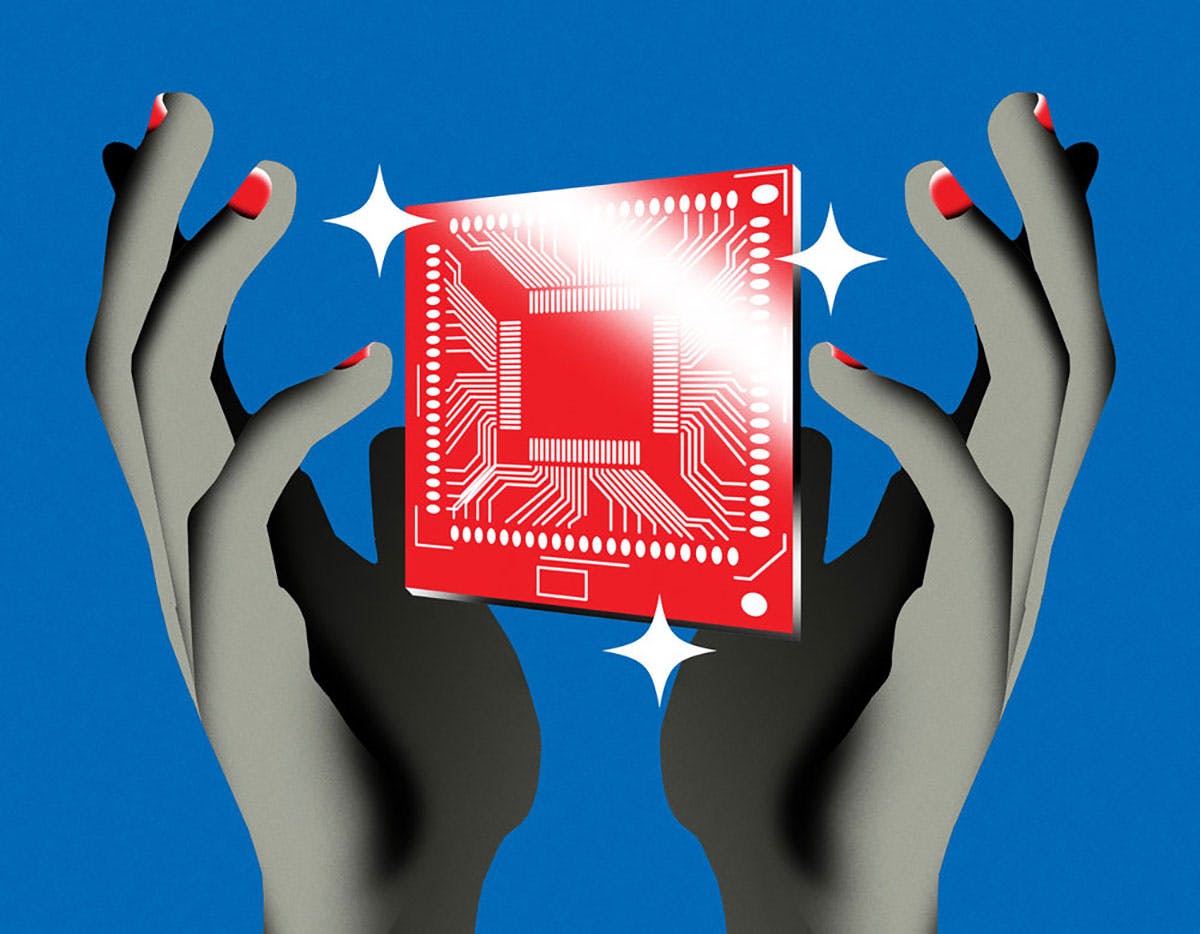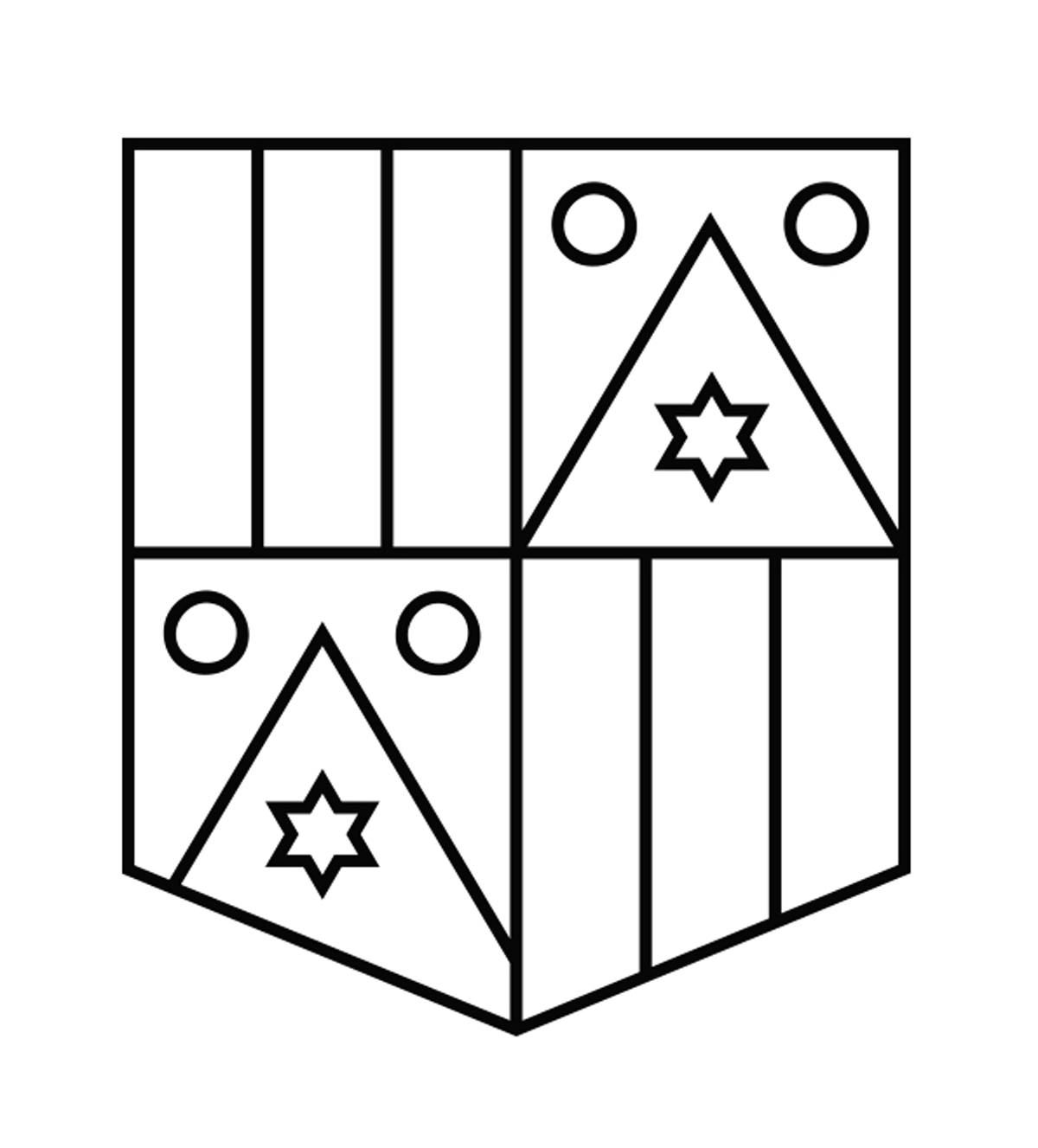Dad jokes are a touchy subject: some people adore them while others think they’re the lowest form of humor. Most of us are guilty of telling a dad joke or two every once a while, but we’ve got nothing on the Dad Says Jokes Instagram account that is dedicated entirely to posting dad jokes. With more than 1.9 million loyal followers on Instagram, you could even say it’s… the daddy of all dad joke social media accounts. [Accepts Nobel Peace Prize for the corniest joke of the year.]
We’ve collected some of the punniest Dad Jokes dad jokes, so scroll down, enjoy, remember to tell us which ones were your faves, and share them with your friends if you know they’re feeling down. If you’re still craving some cheesy humor, have a look through Bored Panda’s previous list about Dad Says Jokes right here.
The National Post claims that the very first recorded use of the term “dad joke” happened in 1987 when Jim Kalbaugh, a columnist with the Gettysburg Times, wrote: “As we approach Father’s Day, I would like to propose that ‘Dad’ Jokes not be banned. They should be revered, preserved.” Kalbaugh got his wish because the internet is keeping the dad joke genre alive and well.
More info: Instagram | Facebook | Twitter | Amazon
#1
Image credits: dadsaysjokes
#2
Image credits: dadsaysjokes
#3
Image credits: dadsaysjokes
Comedian Paul Seven told the National Post that nowadays humor is all about instant gratification and avoiding insulting anybody. According to him, dad jokes have no social commentary, no agenda, no political material—they’re as neutral as can be.
That’s because they rely on puns. “It’s a genre most kids grow up with and can relate to, no matter where they are from. It requires no cultural know-how, no knowledge of social trends, or world updates,” Seven says.
#4
Image credits: dadsaysjokes
#5
Image credits: dadsaysjokes
#6
Image credits: dadsaysjokes
“Dad jokes take the audience away from everything awful to something so neutral and inoffensive, without even trying. You don’t have to think and no one gets hurt. I think we’re tired of turning on CNN and watching the absolute nightmare that is the reality around the world. And then you go on Twitter and you read about dad puns,” the comedian explained the beauty of dad jokes and how they help us unwind.
In his opinion, comedy and humor should be about “healing” and making people feel better about themselves, not putting someone else down for a quick laugh. And dad jokes are perfect for this role. After all, the worst they can do is make us cringe.
#7
Image credits: dadsaysjokes
#8
Image credits: dadsaysjokes
#9
Image credits: dadsaysjokes
#10
Image credits: dadsaysjokes
#11
Image credits: dadsaysjokes
#12
Image credits: dadsaysjokes
#13
Image credits: dadsaysjokes
#14
Image credits: dadsaysjokes
#15
Image credits: dadsaysjokes
#16
Image credits: dadsaysjokes
#17
Image credits: dadsaysjokes
#18
Image credits: dadsaysjokes
#19
Image credits: dadsaysjokes
#20
Image credits: dadsaysjokes
#21
Image credits: dadsaysjokes
#22
Image credits: dadsaysjokes
#23
Image credits: dadsaysjokes
#24
Image credits: dadsaysjokes
#25
Image credits: dadsaysjokes
#26
Image credits: dadsaysjokes
#27
Image credits: dadsaysjokes
#28
Image credits: dadsaysjokes
#29
Image credits: dadsaysjokes
#30
Image credits: dadsaysjokes
#31
Image credits: dadsaysjokes
#32
Image credits: dadsaysjokes
#33
Image credits: dadsaysjokes
#34
Image credits: dadsaysjokes
#35
Image credits: dadsaysjokes
#36
Image credits: dadsaysjokes
#37
Image credits: dadsaysjokes
#38
Image credits: dadsaysjokes
#39
Image credits: dadsaysjokes
#40
Image credits: dadsaysjokes
#41
Image credits: dadsaysjokes
#42
Image credits: dadsaysjokes
#43
Image credits: dadsaysjokes
#44
Image credits: dadsaysjokes
#45
Image credits: dadsaysjokes
#46
Image credits: dadsaysjokes
#47
Image credits: dadsaysjokes
#48
Image credits: dadsaysjokes
#49
Image credits: dadsaysjokes
#50
Image credits: dadsaysjokes
#51
Image credits: dadsaysjokes
#52
Image credits: dadsaysjokes
#53
Image credits: dadsaysjokes
#54
Image credits: dadsaysjokes
#55
Image credits: dadsaysjokes
#56
Image credits: dadsaysjokes
#57
Image credits: dadsaysjokes
#58
Image credits: dadsaysjokes
#59
Image credits: dadsaysjokes
#60
Image credits: dadsaysjokes
#61
Image credits: dadsaysjokes
#62
Image credits: dadsaysjokes
#63
Image credits: dadsaysjokes
#64
Image credits: dadsaysjokes
#65
Image credits: dadsaysjokes
#66
Image credits: dadsaysjokes
#67
Image credits: dadsaysjokes
#68
Image credits: dadsaysjokes
#69
Image credits: dadsaysjokes
#70
Image credits: dadsaysjokes
#71
Image credits: dadsaysjokes
#72
Image credits: dadsaysjokes
#73
Image credits: dadsaysjokes
#74
Image credits: dadsaysjokes
#75
Image credits: dadsaysjokes
#76
Image credits: dadsaysjokes
#77
Image credits: dadsaysjokes
#78
Image credits: dadsaysjokes
#79
Image credits: dadsaysjokes
#80
Image credits: dadsaysjokes
#81
Image credits: dadsaysjokes
#82
Image credits: dadsaysjokes
#83
Image credits: dadsaysjokes
#84
Image credits: dadsaysjokes
#85
Image credits: dadsaysjokes
from Bored Panda https://ift.tt/3f7MHJF


